- Home
- Destinations
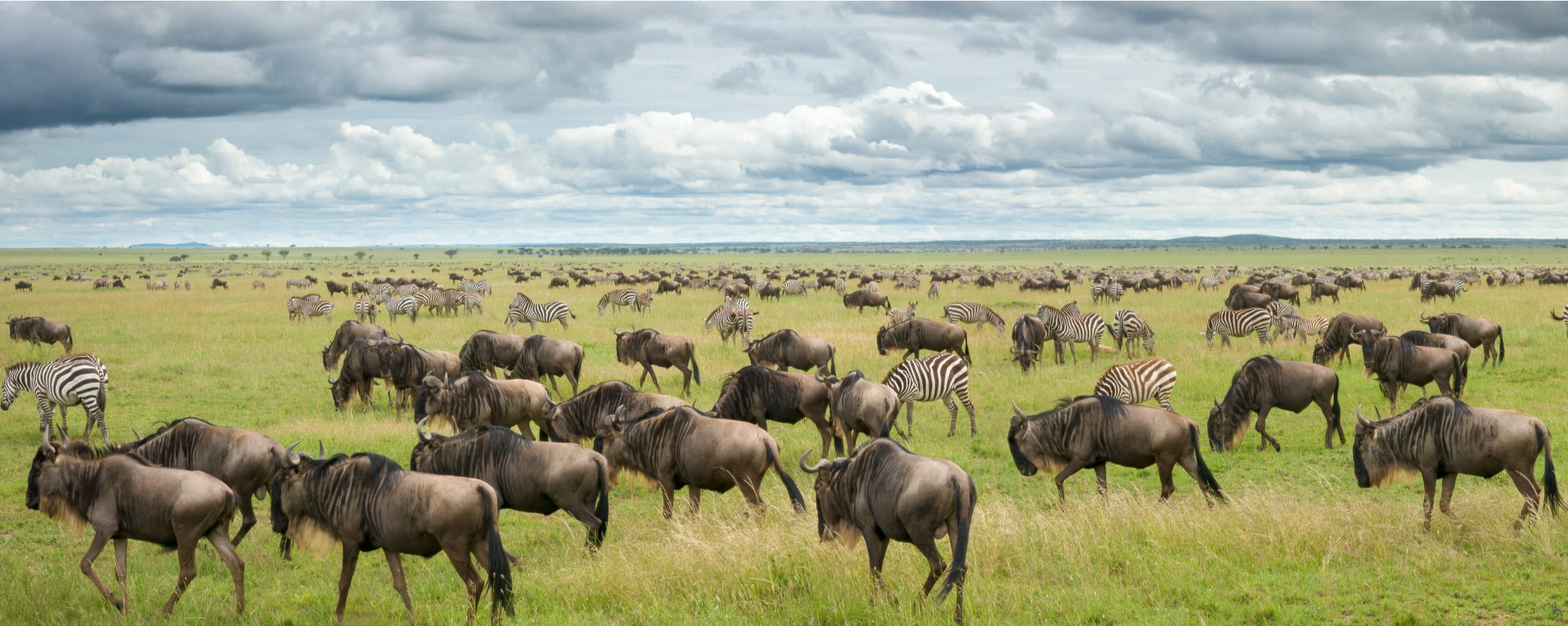
Serengeti National Park
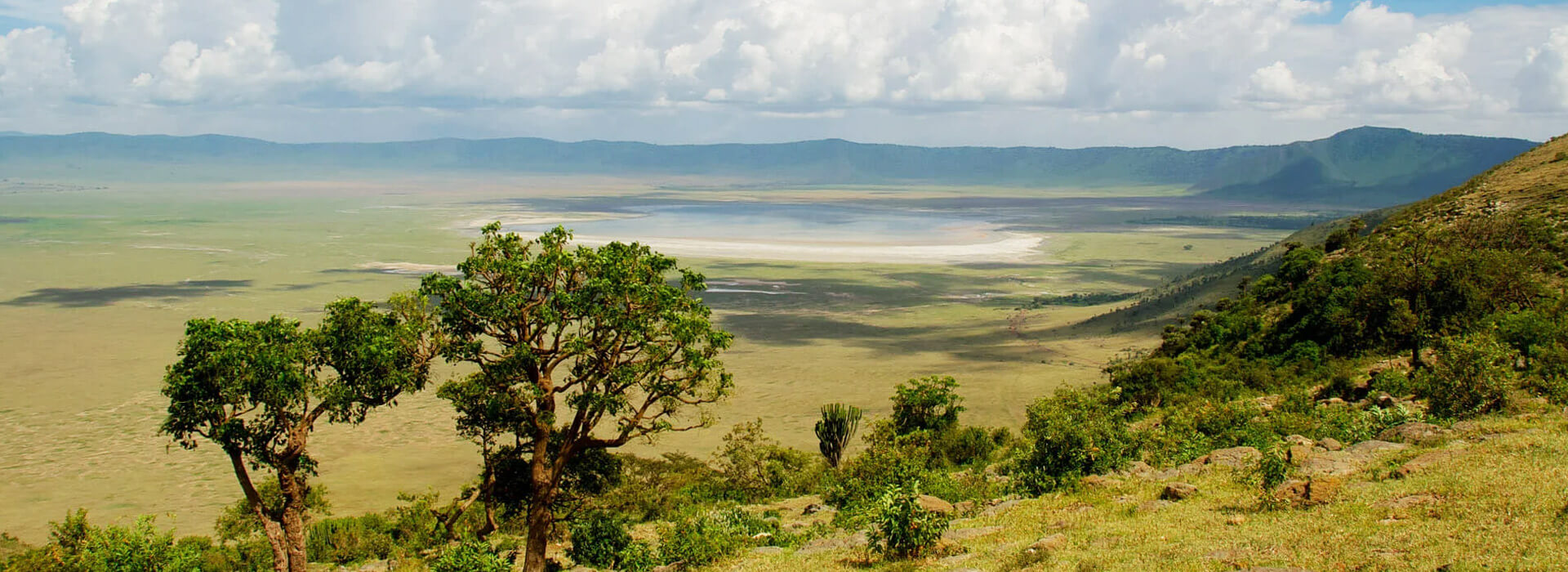
Ngorongoro Crater
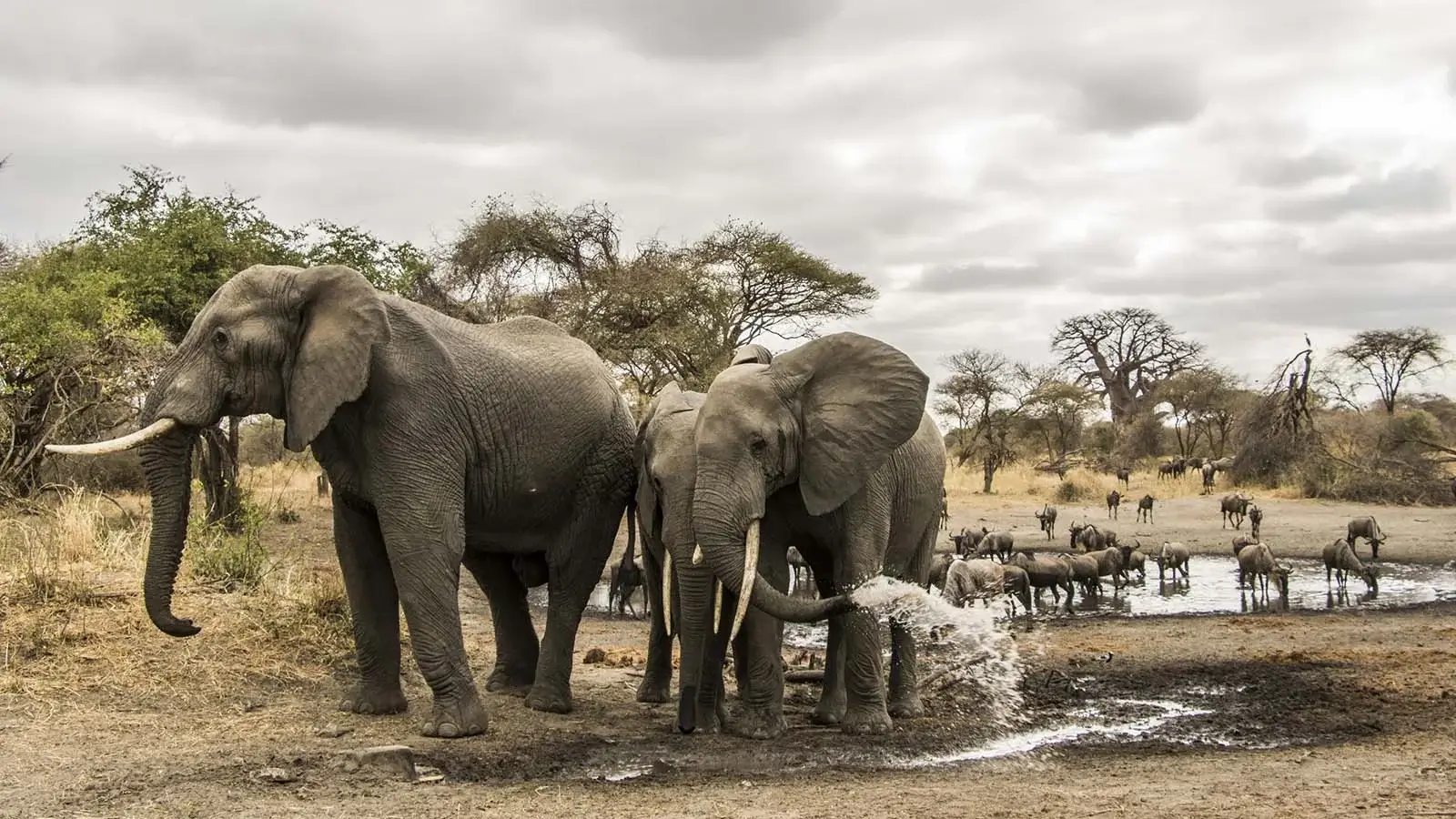
Tarangire National Park
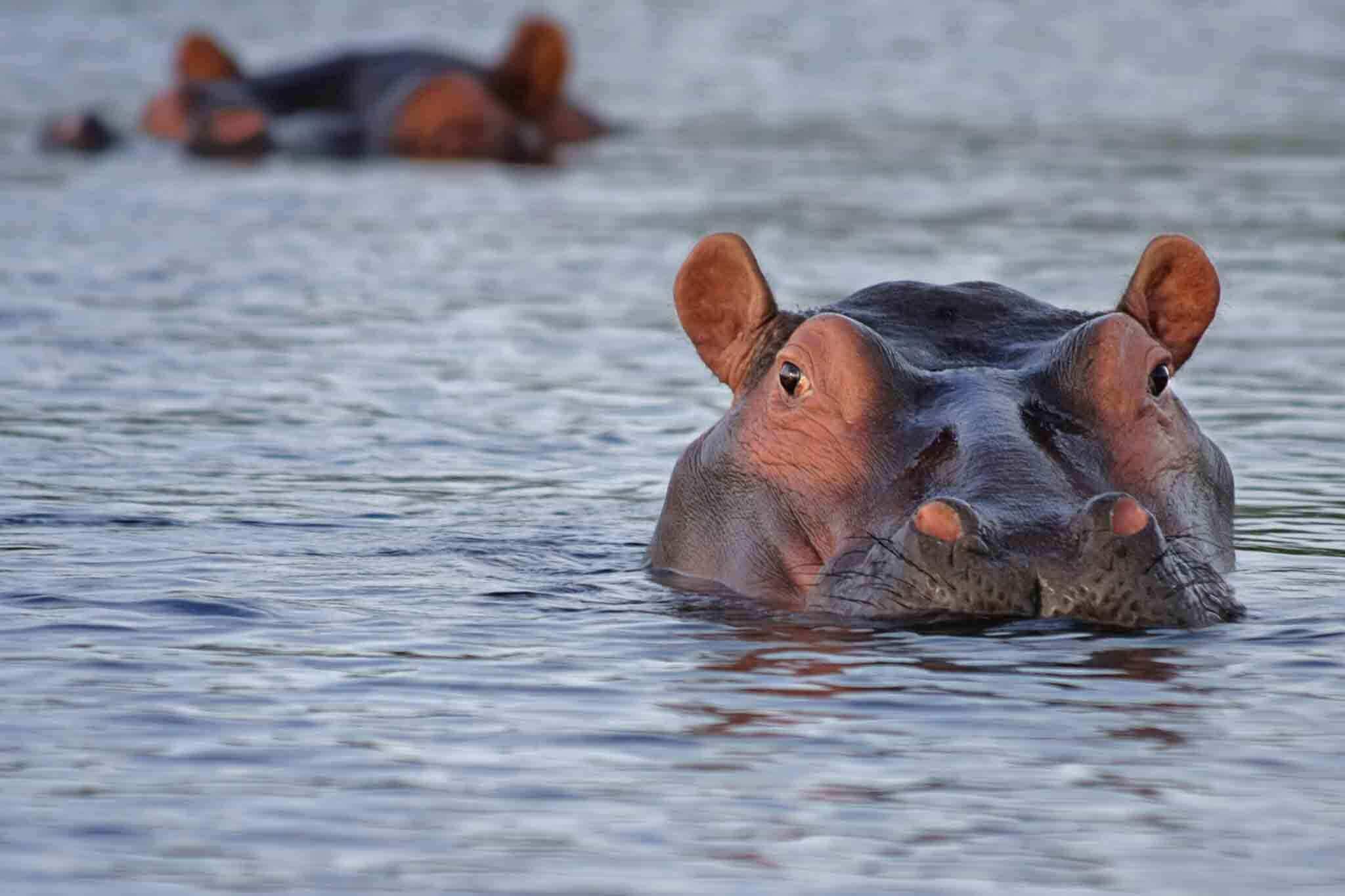
Lake Manyara National Park
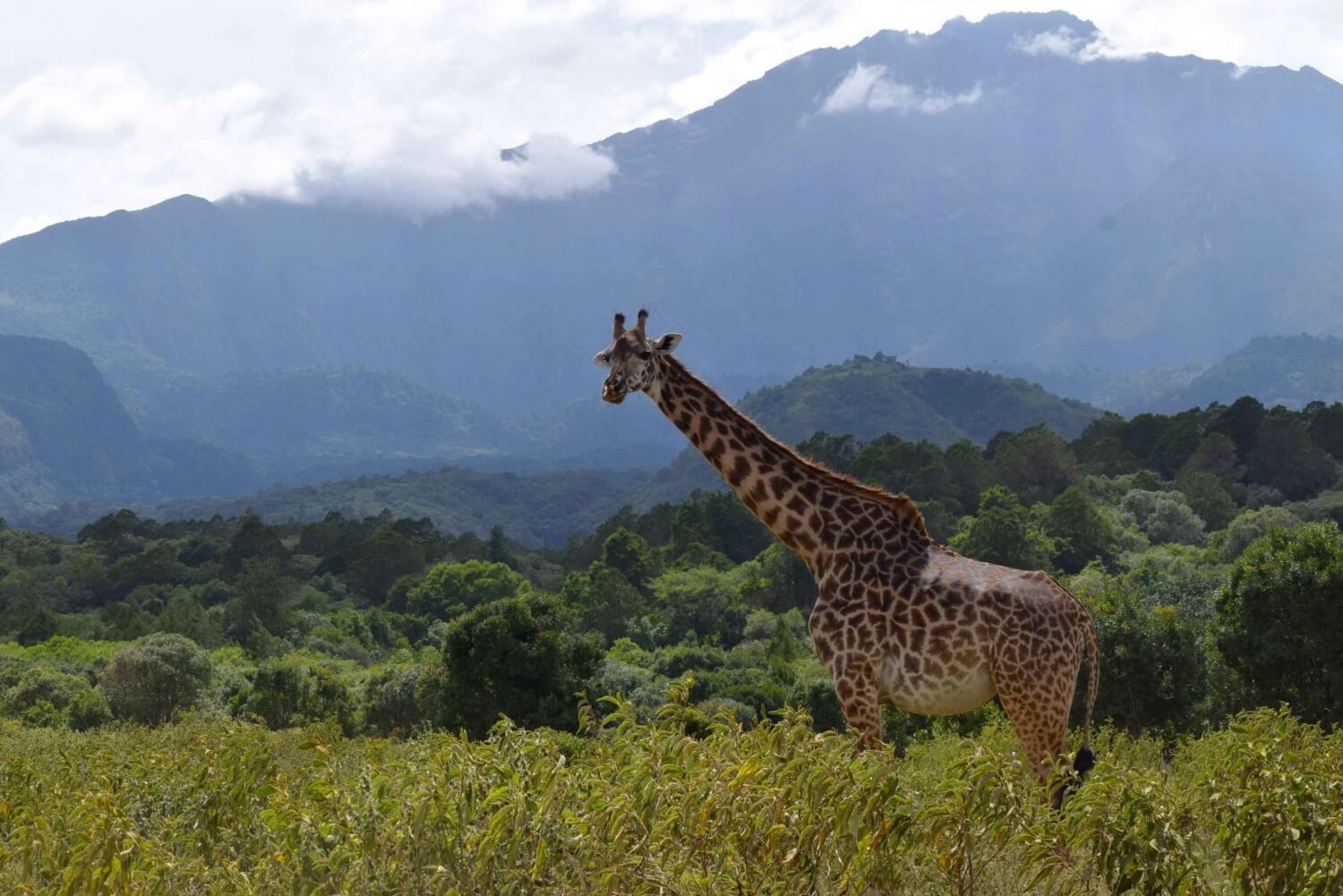
Arusha National Park

Zanzibar Island
- Safaris

3 Days Serengeti and Lake Manyara

5 Days Wildlife Tanzania Safari
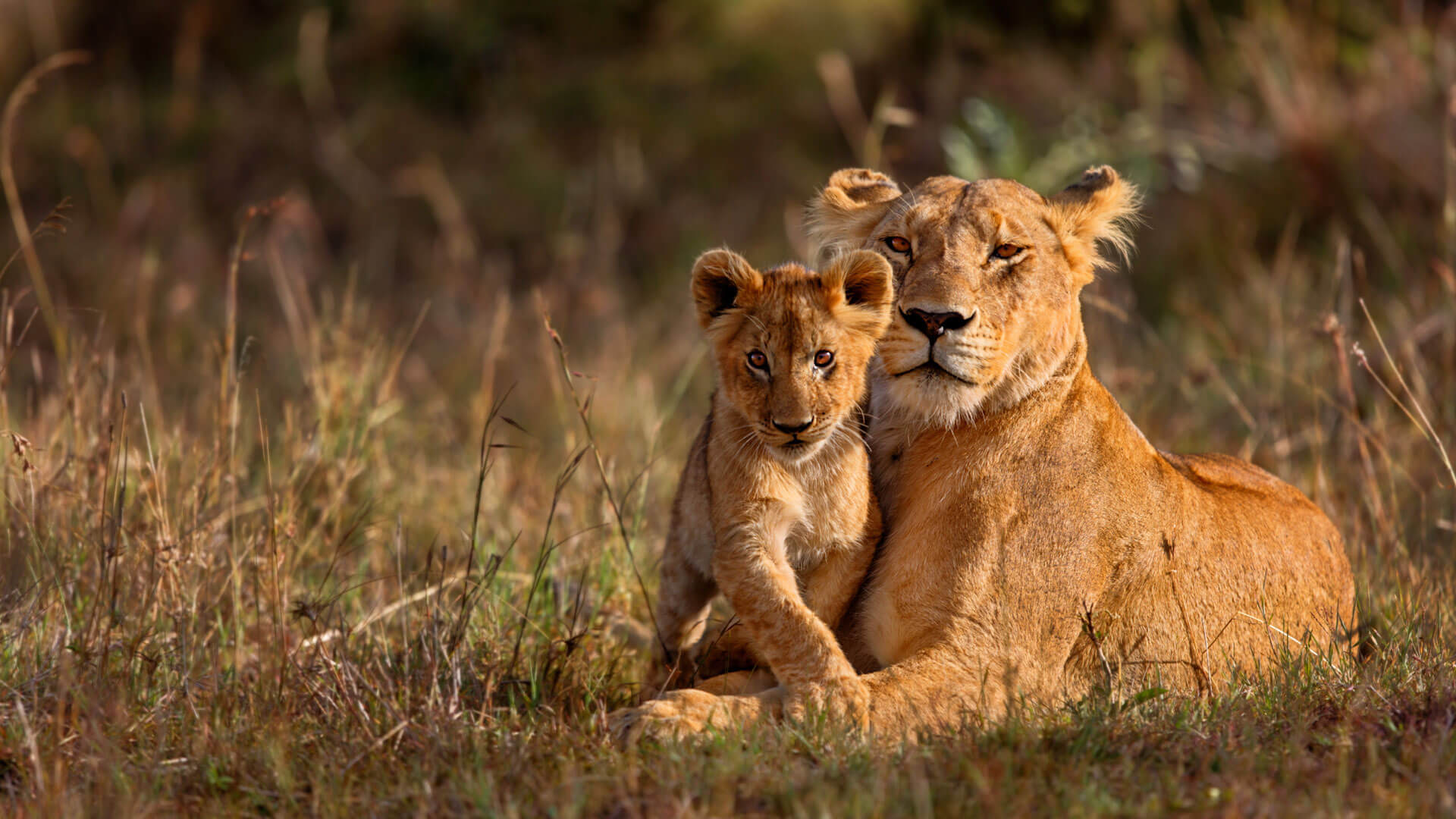
6 Days Tanzania
Safaris
12 Days Tanzania Safaris & Migration
- Trekking

Mountain Kilimanjaro
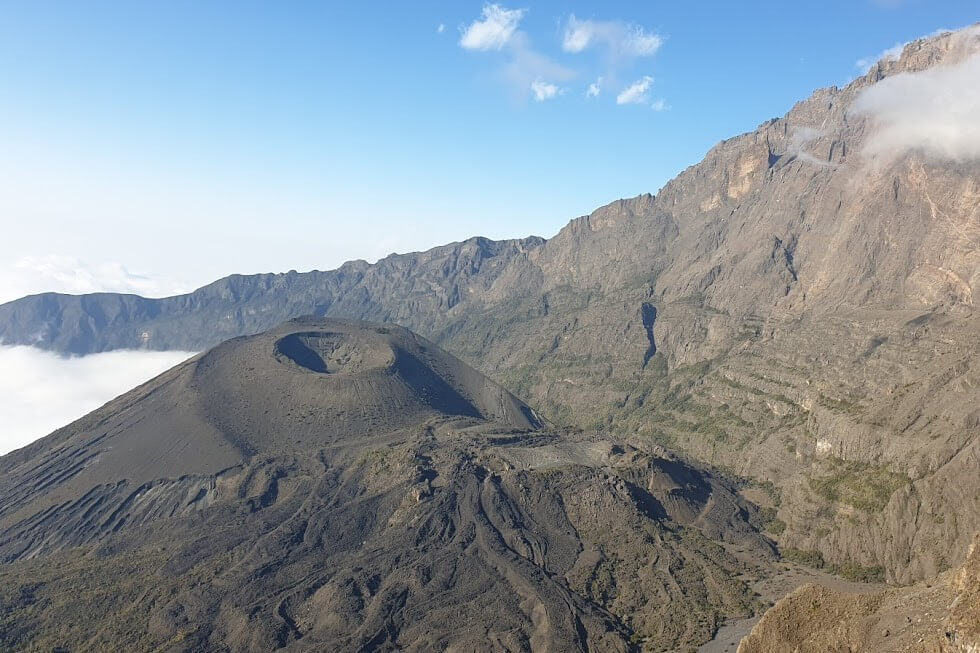
Mount Meru
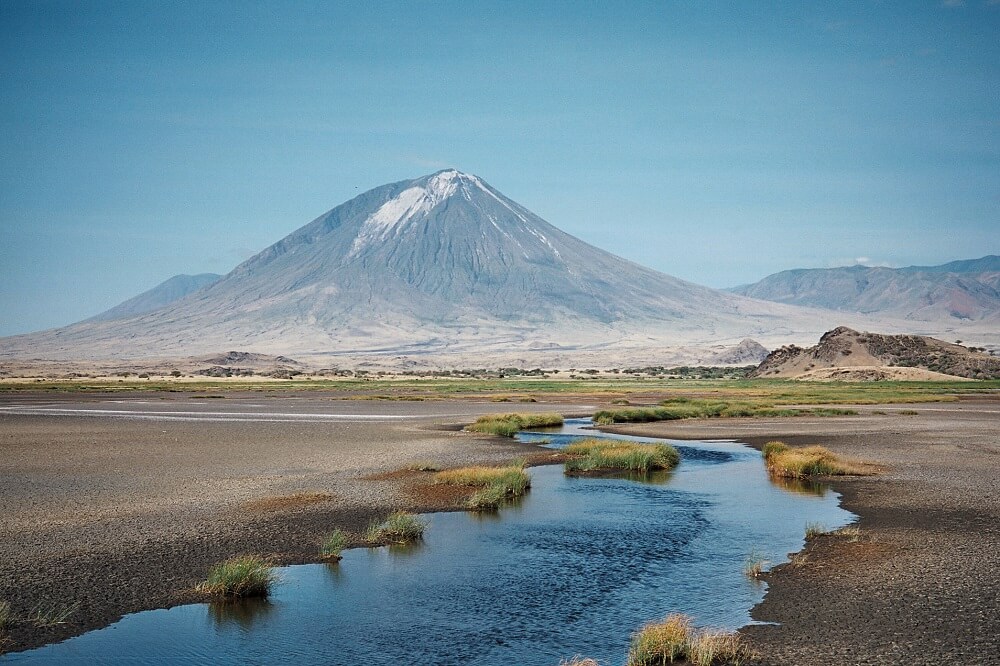
Oldonyo Lengai

Udzungwa Mountain
- Cultural Tours
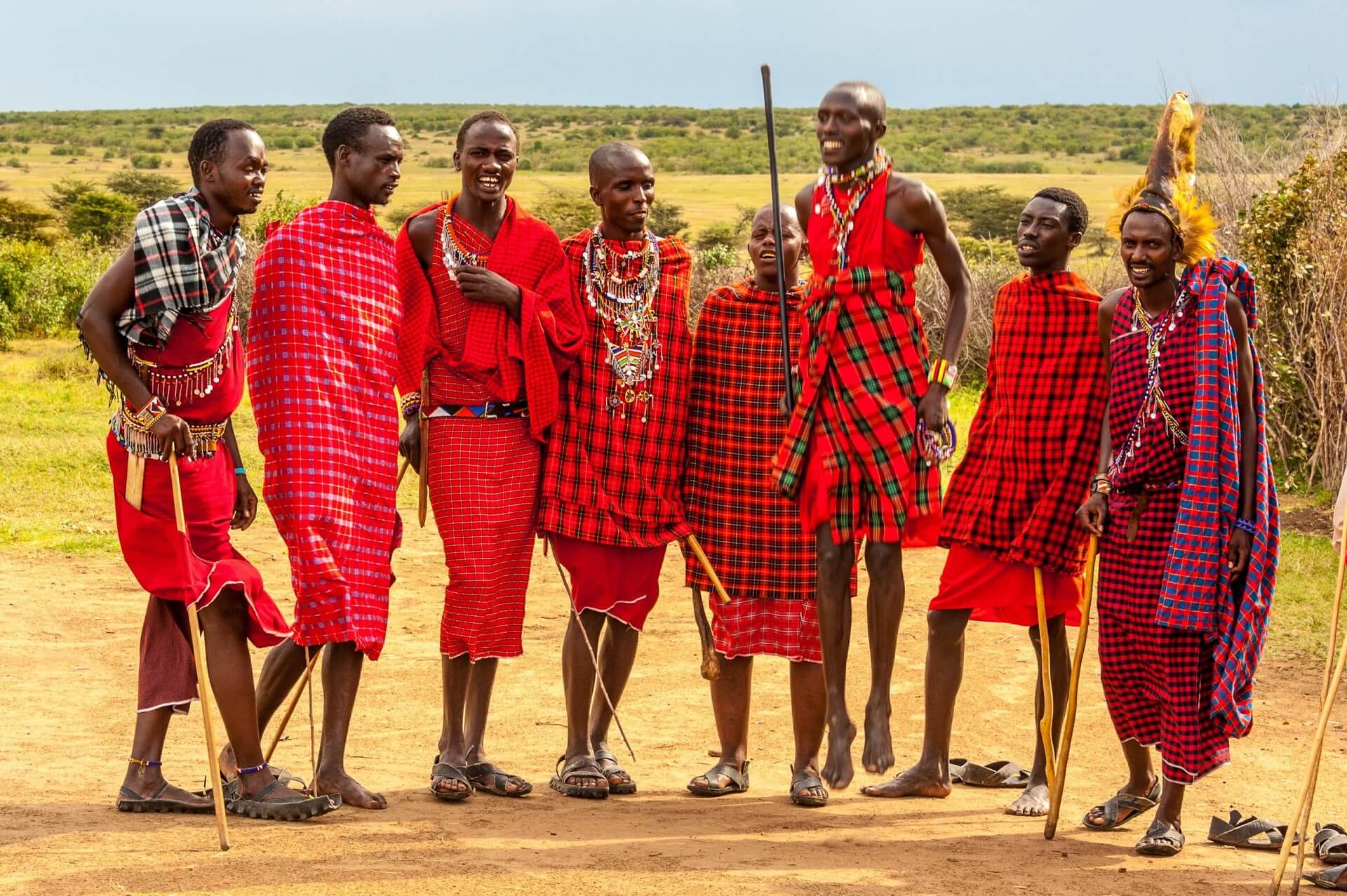
Maasai Tribe
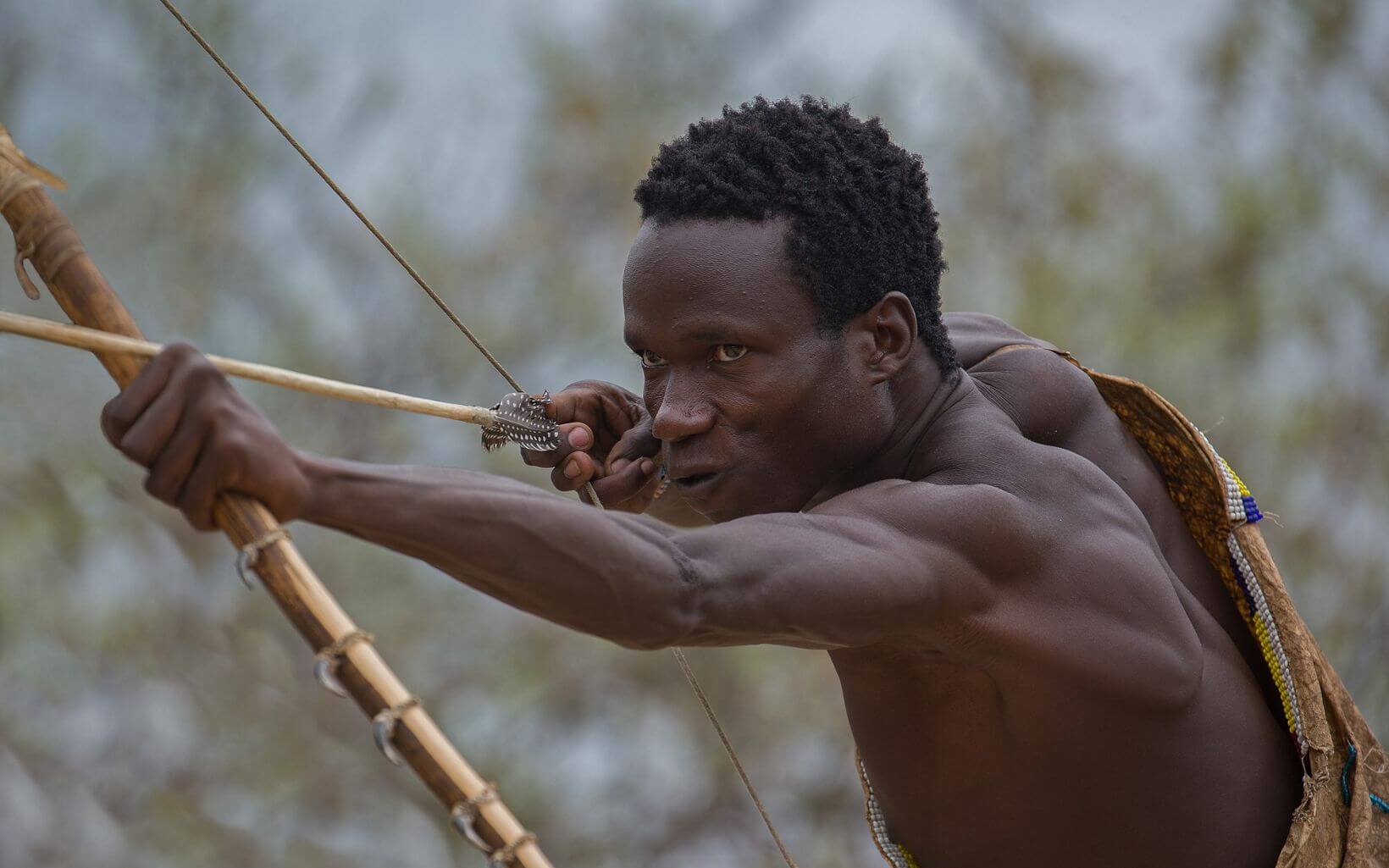
Hadzabe Tribe
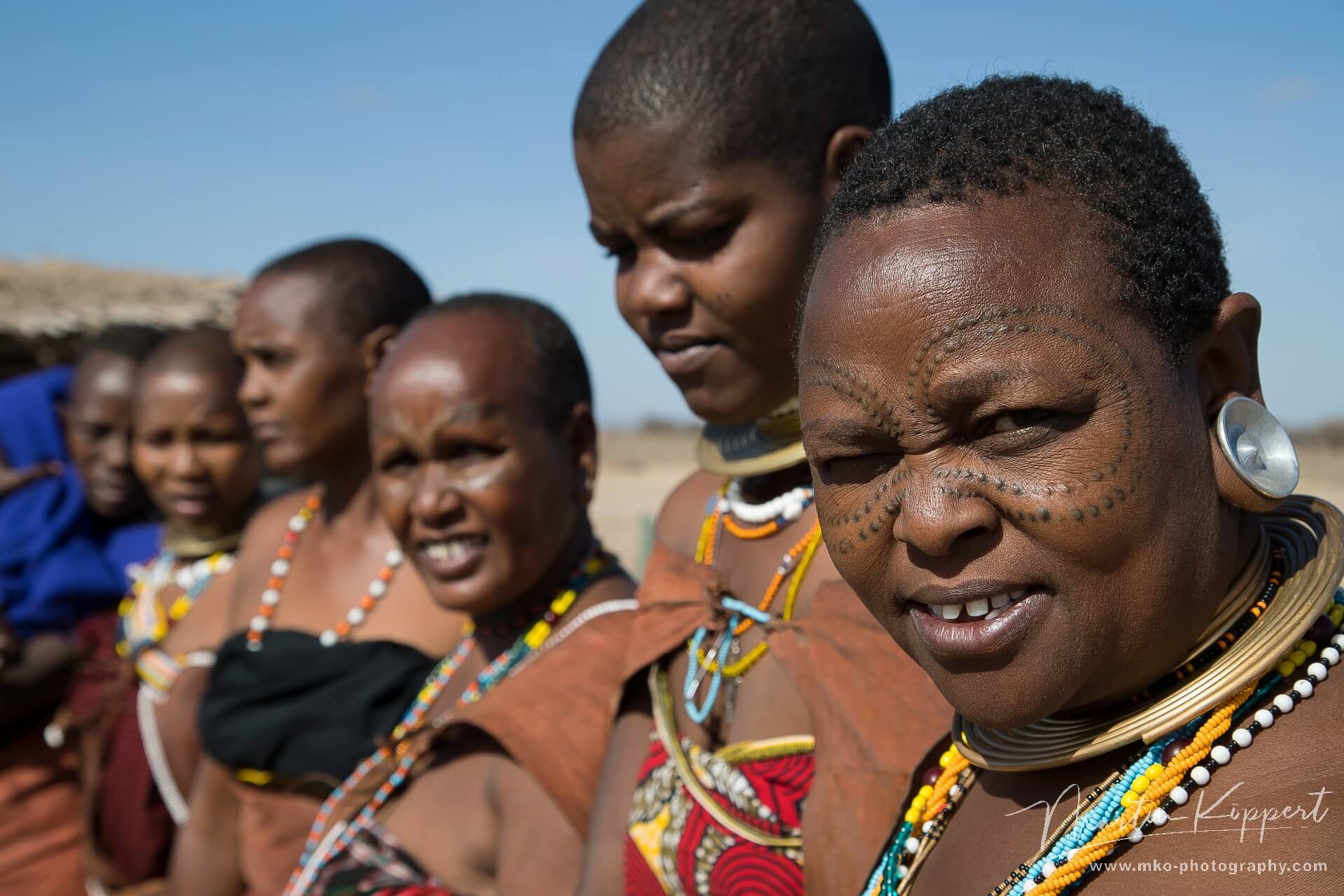
Datoga Tribe
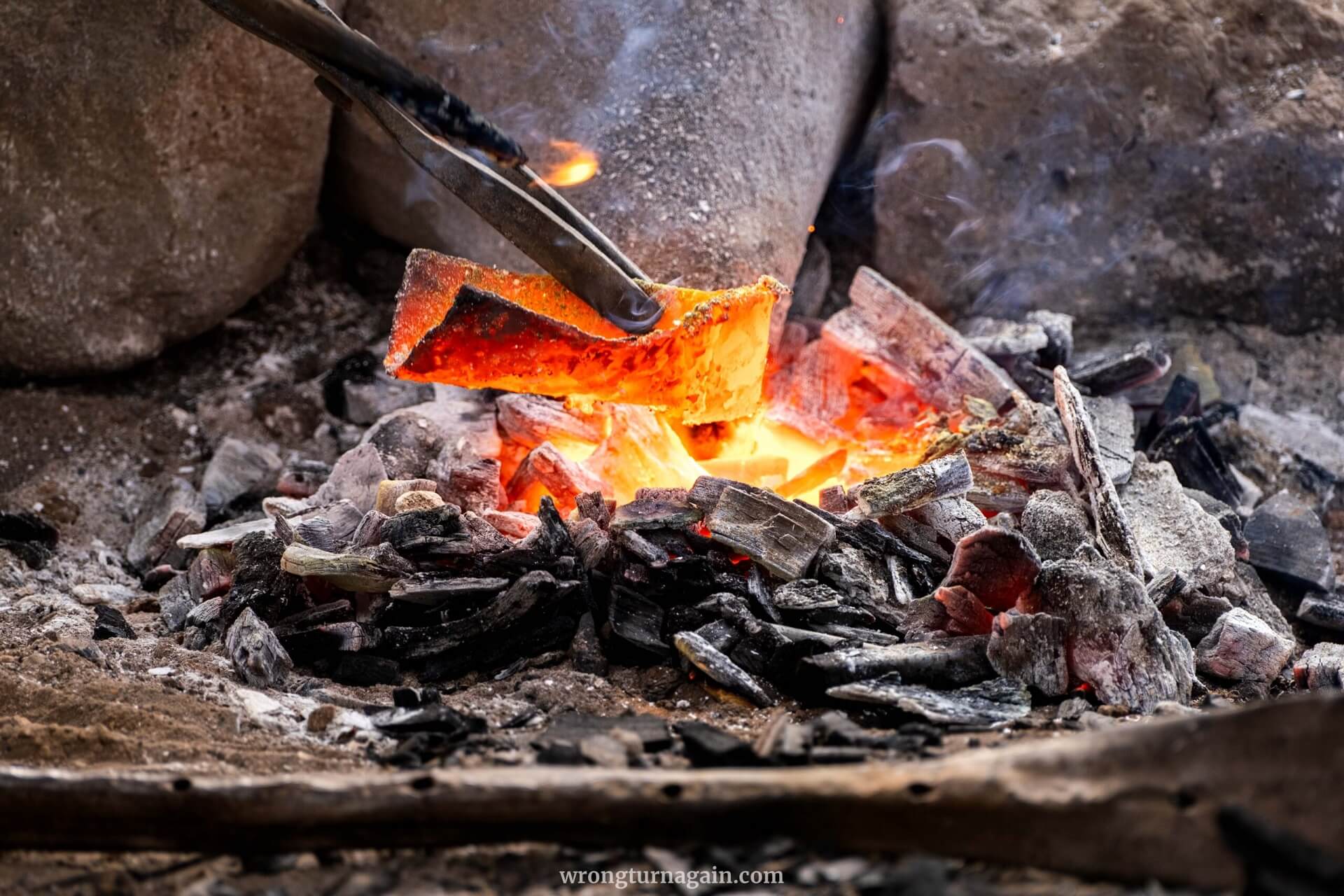
Blacksmith
- Activities
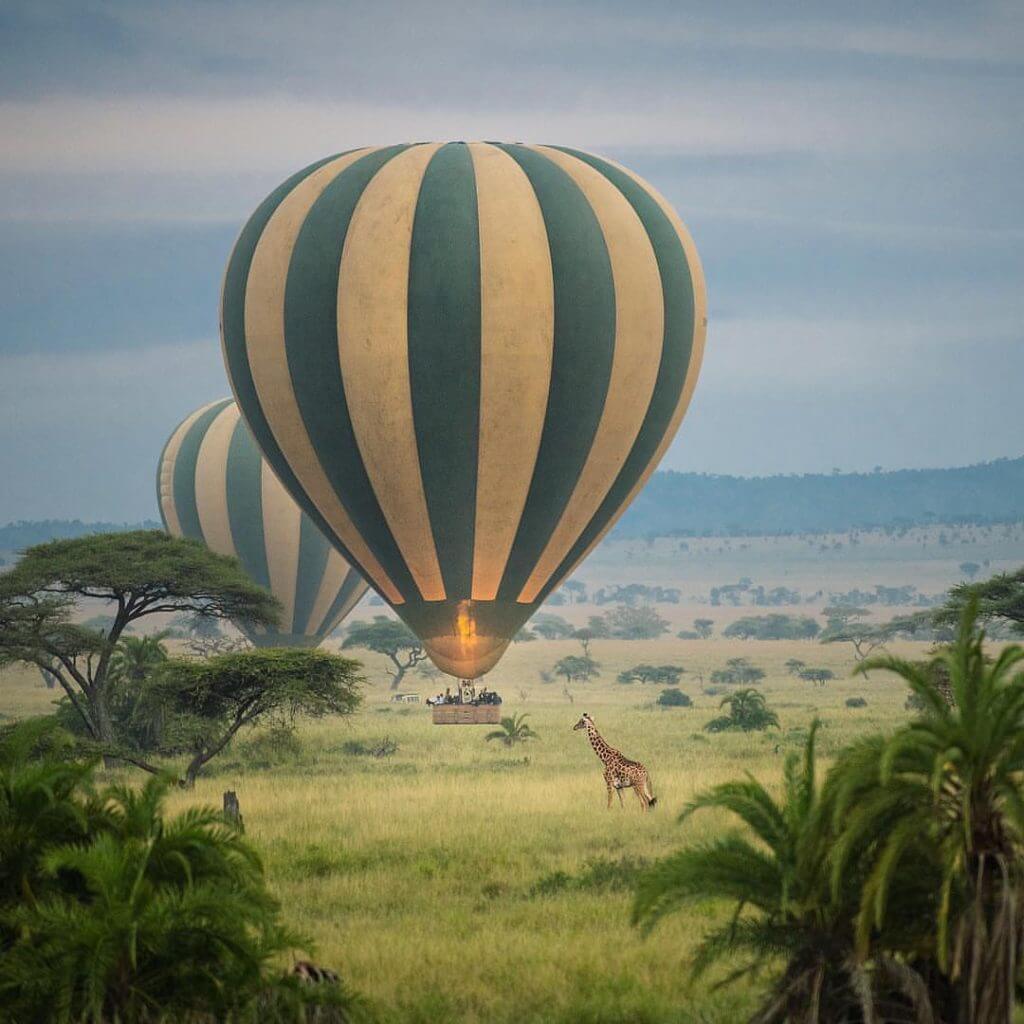
Balloon Safari

Walking Safari
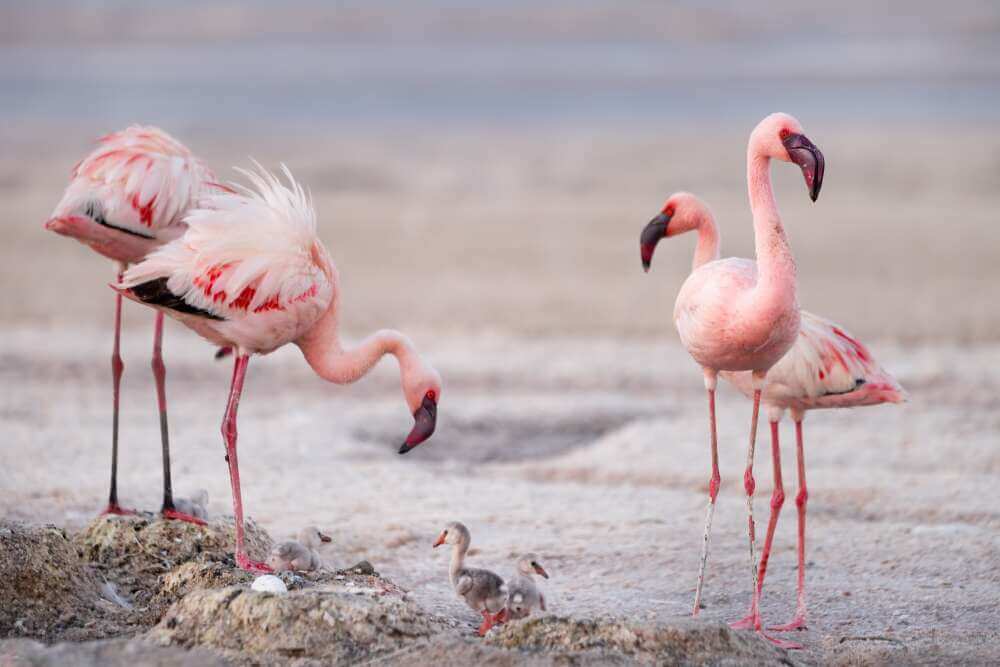
Bird Watching

Wildebeest Migration
- Filming
- Philanthropy
- Home
- Destinations

Serengeti National Park

Ngorongoro Crater

Tarangire National Park

Lake Manyara National Park

Arusha National Park

Zanzibar Island
- Safaris

3 Days Serengeti and Lake Manyara

5 Days Wildlife Tanzania Safari

6 Days Tanzania
Safaris
12 Days Tanzania Safaris & Migration
- Trekking

Mountain Kilimanjaro

Mount Meru

Oldonyo Lengai

Udzungwa Mountain
- Cultural Tours

Maasai Tribe

Hadzabe Tribe

Datoga Tribe

Blacksmith
- Activities

Balloon Safari

Walking Safari

Bird Watching

Wildebeest Migration
- Filming
- Philanthropy
Hadzabe Tribe
Introduction
The Hadza or Hadzabe (Wahadzabe in Swahili) are a protected, indigenous hunter-gatherer ethnic group in Tanzania, primarily residing around the Lake Eyasi basin within the central Rift Valley and neighboring Serengeti Plateau. Thought to be descendants of Tanzania’s aboriginal hunter-gatherer population, the Hadza have likely inhabited their territory for thousands of years with little change to their way of life until the last century. Their language, Hadzane, is a linguistic isolate, and the Hadza have no known close genetic relatives.
Efforts by colonial governments, missionaries, and external influences to introduce farming, Christianity, and settlement have largely failed. Many Hadza still maintain their traditional lifestyle, foraging for food such as honey, tubers, fruits, and meat, especially during the dry season. Today, approximately 1,200 to 1,300 Hadza live in Tanzania, but only about one-third still rely solely on foraging.
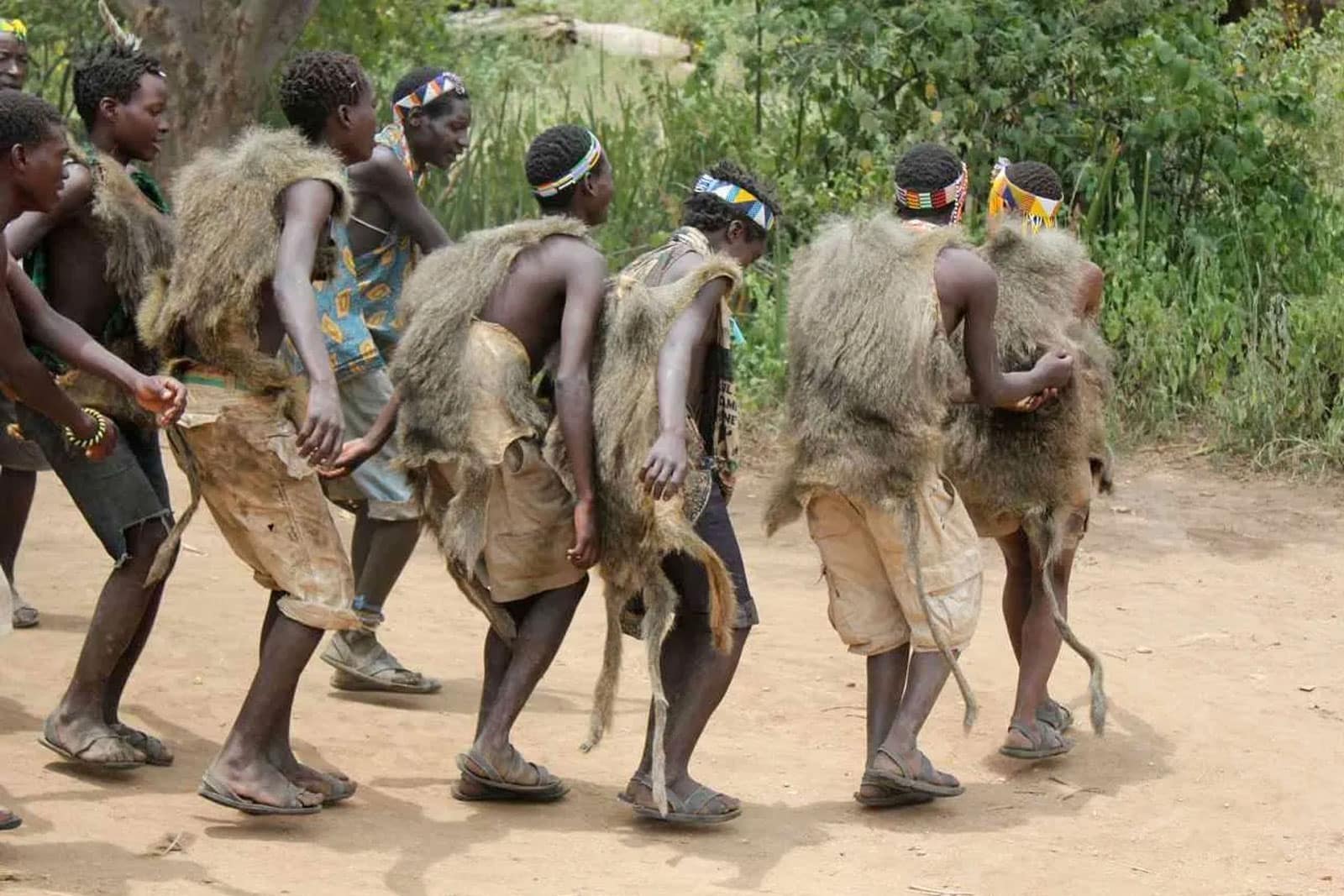
Language and Culture
Hadzane, the Hadza language, was once classified as Khoisan due to its use of click consonants but is now recognized as unrelated to any other language. The language is oral, and while many Hadza have learned Swahili, Hadzane remains central to their cultural identity. Fluency in Hadzane is often considered the primary marker of Hadza identity.
Historical Background
According to Hadza oral history, their past is divided into four epochs, each inhabited by different cultures, starting with the akakaanebee (hairy giants) who lived without tools or fire. Over time, the Hadza evolved through different stages, developing tools, learning to cook with fire, and finally inventing bows, arrows, and huts similar to those they use today. The Hadza ancestors were hunter-gatherers who eventually began trading with outsiders, particularly for iron, to make knives and arrowheads.
Genetic and Archaeological Significance
The Hadza are unique in that they are not closely related to any other populations, even those nearby. Genetic studies indicate that they diverged from other groups thousands of years ago, with minimal admixture from neighboring Bantu and Nilotic populations. Archaeological evidence suggests that Hadza ancestors have occupied their current region, close to Olduvai Gorge and Laetoli, for at least 50,000 years, making them one of the oldest continuous human societies on the planet.
Precolonial and Colonial Interactions
Prior to 500 BCE, Tanzania was populated exclusively by hunter-gatherers like the Hadza. However, with the arrival of Cushitic-speaking cattle herders, Bantu farmers, and Nilotic pastoralists, the Hadza came into contact with farming and herding societies. Many of these interactions were hostile, particularly with pastoralists, who often viewed the Hadza as backward. Some groups, like the Isanzu, occasionally captured Hadza individuals as part of the slave trade. Despite this, the Hadza maintained their egalitarian, nomadic lifestyle.
In the late 19th century, European colonists began to document the Hadza way of life, noting their resilience and adherence to traditional foraging practices. Several attempts by both colonial and postcolonial governments to settle the Hadza and introduce farming failed, as did missionary efforts to convert them to Christianity. The Hadza would typically settle in villages as long as food provisions were available but would return to their hunter-gatherer lifestyle once the supplies ran out.
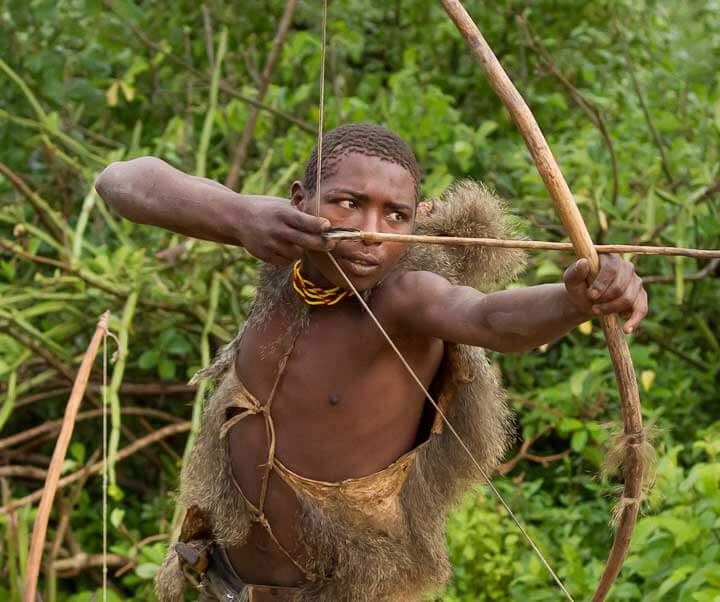
Modern Challenges
Today, the Hadza face continued pressure from expanding agriculture and tourism. While some Hadza have integrated into neighboring communities through intermarriage or occasional farming, most continue to resist assimilation, preserving their traditional way of life in the face of modern challenges. Despite these pressures, the Hadza remain one of the last true hunter-gatherer societies, offering valuable insights into humanity’s deep history and connection to the natural world.
Get to know
African Remotes Explorer is a specialist tour operator based on Arusha – Tanzania in a rural remote area. company is entirely owned and operated by local indigenous Tanzanian.




